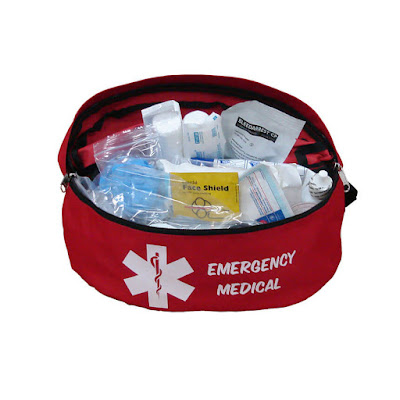My .02 for this stuff.
Have something that can work as a suction device. A Toomey syringe and large diameter tubing works, as one example. Airway suction saves lives.
Don't do sutures in the field. Period.
Don't panic about expired drugs, like aspirin and pain killers, NSAIDS, etc. They don't "Go bad", they just slowly lose efficacy. Especially in, for example, an AMI or anaphylactic situation. Don't withhold a lifesaving med because of a date stamped on the side.
Have a SAM splint. They work great and can be cut to size for fingers too.
Silvidine cream is AWESOME for burns. Expensive, but awesome.
Pack a headlamp, knife and a Sharpie in your kit.
Don't forget tweezers and moleskin.
Of course taking training and learning is great, kinda goes without saying.
Anyhow, just my .02 cents. Been around this stuff a long time. Cheers, and be safe!





